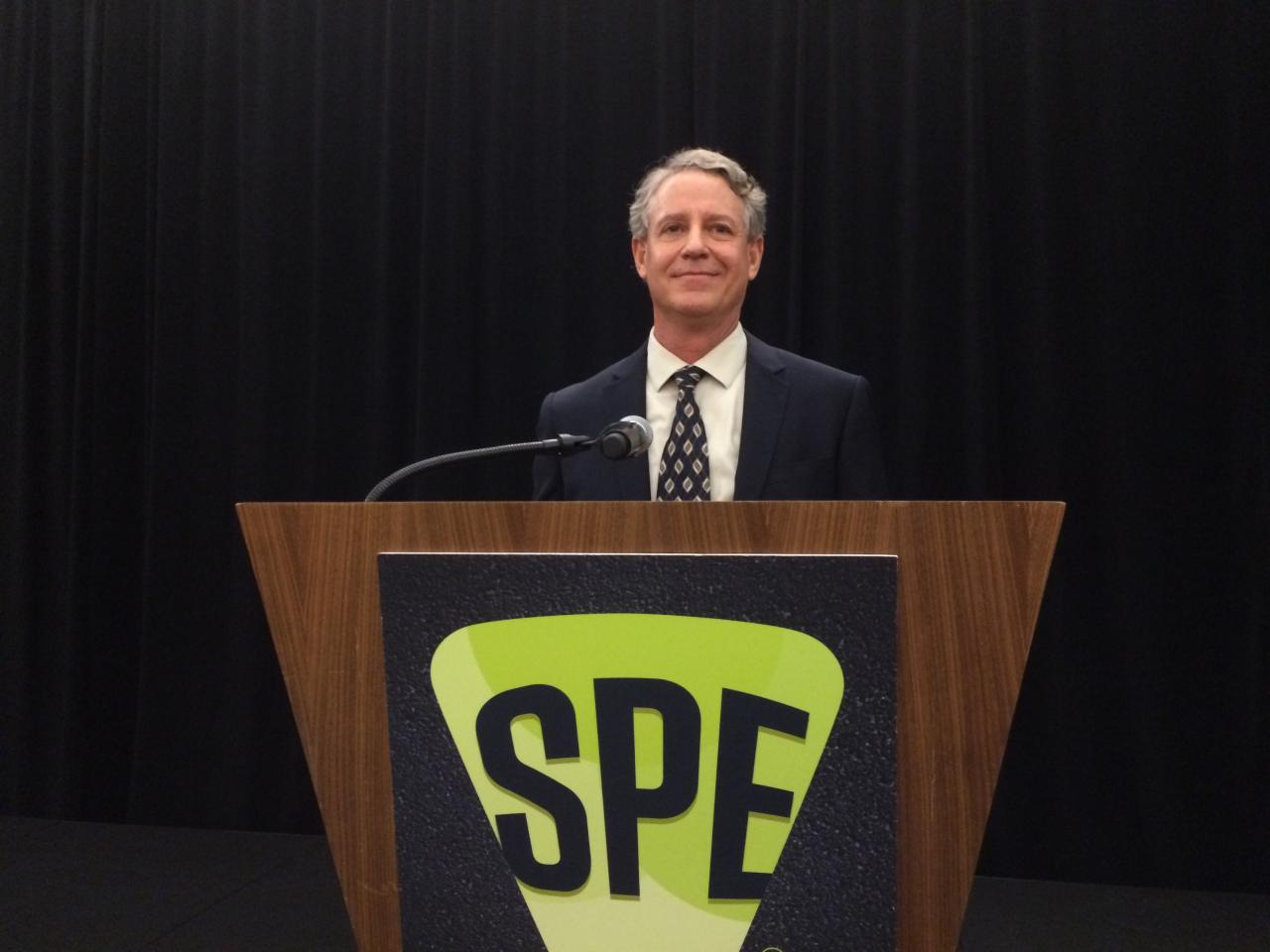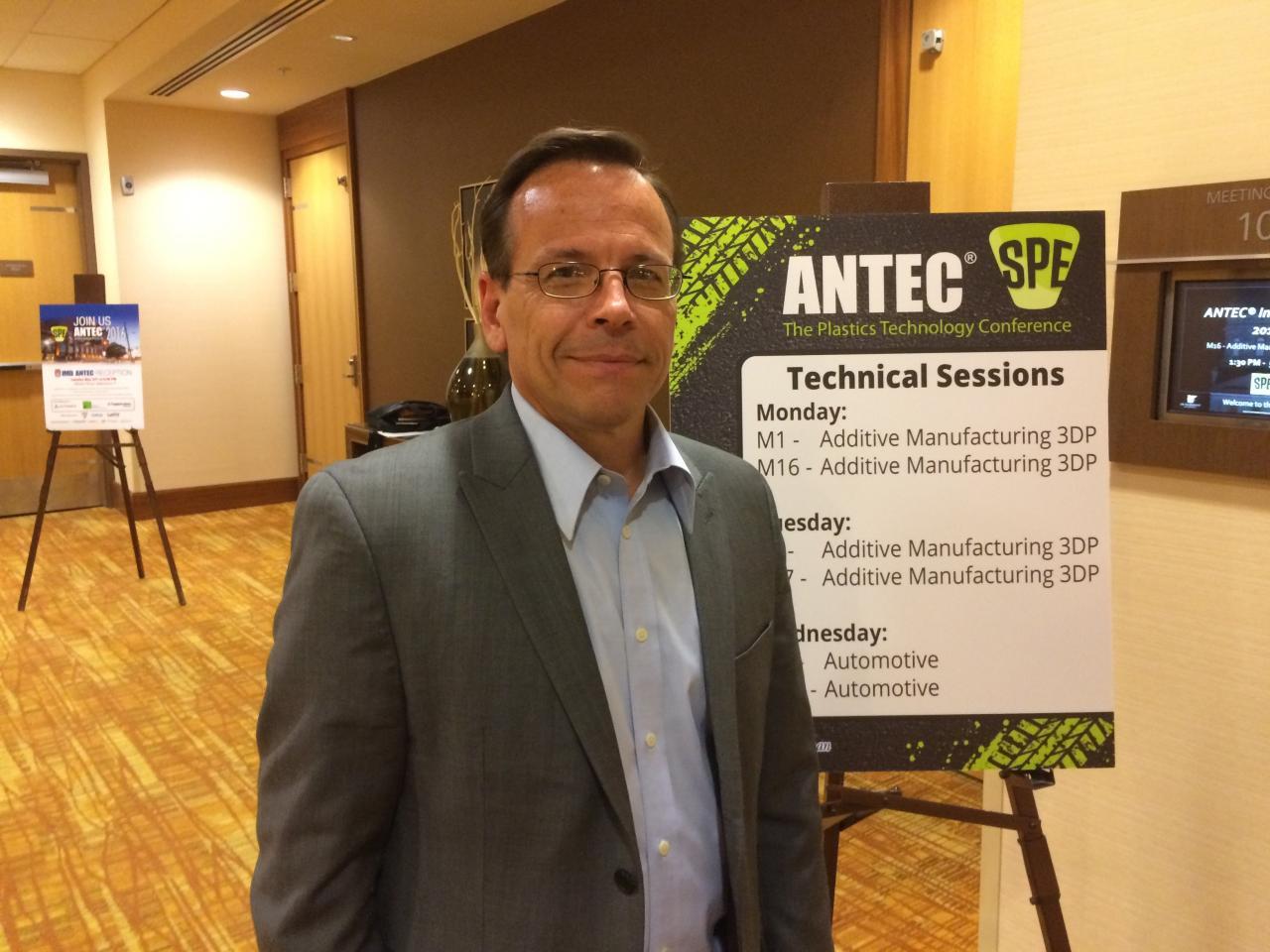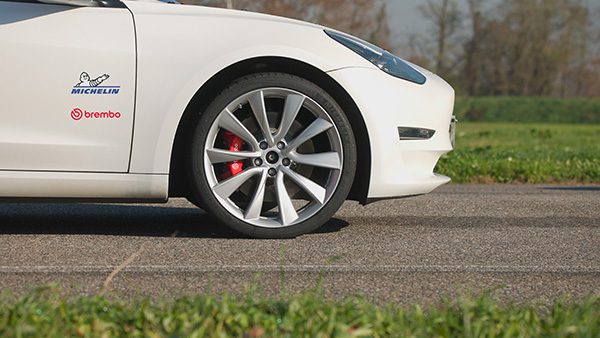May 23, 2016 Updated 5/23/2016
Email Print

Don Loepp Tim Caffrey, Wohlers Associates Inc.
Indianapolis — Despite all the hype from a few years ago, 3-D printing hasn’t replaced injection molding — or any other traditional manufacturing process.
But that doesn’t mean it’s going away. In fact, the market is still growing like crazy, and it’s still finding lots of new niche applications, including in plastics.
And some people think it still may eventually replace injection molding. But more on that later.
Plastics industry interest in 3-D printing may be at a new high, as evidenced by the 20-plus papers on the topic at Antec 2016. But in popular culture, the peak was about five years ago.
“Around 2011, there was a huge amount of hype,” said Tim Caffrey, a senior consultant with Wohlers Associates Inc., a research and consulting firm that specializes in 3-D printing.
The Economist magazine ran a story in February 2011 with a photo of a 3-D printed violin on the cover with the headline “Print me a Stradivarius.” A few years later, in 2013, President Barack Obama mentioned 3-D printing in the State of the Union address, saying it had “the potential to revolutionize the way we make almost everything.”
“From 2011 on, the taxi driver [you meet at random] knows about 3-D printing and has a cousin who’s starting a business,” Caffrey joked in a keynote address at the Society of Plastics Engineers Annual Technical Conference in Indianapolis.
But 3-D printing, sometimes called additive manufacturing, couldn’t match the high expectations. Shares in some of the publicly traded 3-D printing machinery companies have slumped. Some companies have closed their doors.
“3-D printing got a bit of a black eye, and justifiably so,” Caffrey said. “Now we’re in the post-hype hangover era, and that’s a good thing. There’s less hype, more reality.”
The reality is awfully impressive.
According to the 2016 Wohlers Report, the authority on 3-D printing, the total 3-D printing market grew 25.9 percent last year, to $ 5.165 billion. And that’s actually down a bit from the 32-35 percent growth rates the market saw in the previous three years.
A lot of the hype in 3-D printing was about the consumer market. A few years ago, retailers like Home Depot planned to sell desktop 3-D printers to home users. But that market hasn’t really materialized. Just about 19 percent of 3-D printer sales in 2015 were desktop units priced under $ 5,000.
But the industrial market is still growing quickly, and new technologies and players are popping up every month. HP Inc. is in 3-D printers now — the company revealed its long-awaited Jet Fusion unit in May. Other big companies including Polaroid, Mattel, Toshiba, Lenovo, Canon and Michelin are expected to join HP, not to mention all the other existing players in the market, Caffrey said.
Competing with injection molding?
Are any of the technologies going to challenge injection molding? The answer, according to Caffrey, is a very qualified maybe.
He said the HP Jet Fusion, which should be commercially available in the fourth quarter, “arguably could compete with injection molding. It’s a wait-and-see situation. Show me the money. But it’s very promising technology.”
Perhaps the key is taking a closer look at exactly which niches 3-D printing can compete with injection molding. Right now, injection molding has significant advantages for manufacturing high-volume, low-complexity parts. 3-D printing has the upper hand when it comes to low-volume, high complexity parts.
In order to compete on the fringes — high-volume, high-complexity; or low-volume, low-complexity, then 3-D printing needs to make significant strides in reliability, repeatability, accuracy, speed and cost, Caffrey said.
“To get into high-volume, high-complexity, it has to get a lot faster,” Caffrey said. “To penetrate low-volume, low-complexity, it has to get a lot cheaper,” he added.
Still, Caffrey urged manufacturers to do a better job of taking advantage of the unique properties of 3-D printers.
In other words, if a 3-D printing company just tries to duplicate an injection molded part, it won’t be able to compete economically. It makes more sense for an industrial designer to look at an application and sees opportunities to make complex parts that can’t be injection molded.
“The only way to get the holistic benefits of additive manufacturing is to design for additive manufacturing,” Caffrey said.

Don Loepp Todd Grimm, , T.A. Grimm & Associates Inc.
A skeptic’s perspective
Todd Grimm, president of T.A. Grimm & Associates Inc. in Edgewood, Ky., calls himself a skeptic on 3-D printing. Still, he’s been in the sector for 16 years, he’s considered a leading authority in the market, and he calls 3-D printing “a dynamic, exciting industry.”
But still, the 3-D printing bubble burst a few years ago, and that meant big changes in the sector.
“Now you’ve got sanity. We can move forward in a realistic way,” he said, in a keynote address at Antec to SPE’s Additive Manufacturing and 3-D Printing Community.
“I firmly believe we are entering an age of innovation in 3-D printing. For the next 10 years, it’s going to be exciting,” Grimm said.
He cautioned manufacturers to be aware that there’s a lot of research and development going on behind the scenes right now. It just isn’t getting reported like it was in 2011-2013.
“At this point, your competition is going to be doing something with 3-D printing, and you’re never going to learn about it, because the media isn’t reporting it,” he said.
Grimm expects some major advances in plastics materials that are used in 3-D printing, noting that major players like Dow Chemical Co., BASF SE, Royal DSM and Saudi Basic Industries have been working behind the scenes on new technology.
“When we can come up with a material that’s not like whatever can be made with traditional thermoplastic processes, that’s when additive manufacturing will take off,” he said.
He also expects the entry into the market of 2-D printing specialists like HP, Canon, Ricoh, Epson, Fuji and Xerox will make a difference in the near future.
“Those guys bring resources and knowledge and distribution channels,” Grimm said. “It’s going to be good for the people using the technology.”
He added: “I can’t tell you who the winners and losers are going to be, but I do think this industry is going to mushroom.”
Grimm agreed with Caffrey that a key for manufacturers is to learn to design for the 3-D printing process.
“Only when you design for additive manufacturing will you get all the value out of the process; not design for injection molding and adapt the design to additive manufacturing.”
Issues: qualifications and training
Chris Krampitz, lead for innovation and strategy development at Underwriters Laboratories Inc., talked about some issues that impact manufacturers that are trying to commercialize 3-D printed parts.
The first is a byproduct of the small volumes that 3-D printers pursue: How do you confirm the quality and performance of a product with a lot size as small as one? It’s a major question, especially since 3-D printers are pursuing markets like medical and aerospace, which are known for their government and OEM regulations and paperwork.
And like other manufacturers, 3-D printers are having problems finding qualified workers.
“We need to teach new skills to people. The lack of additive manufacturing training is a major risk to growth,” Krampitz said.



























